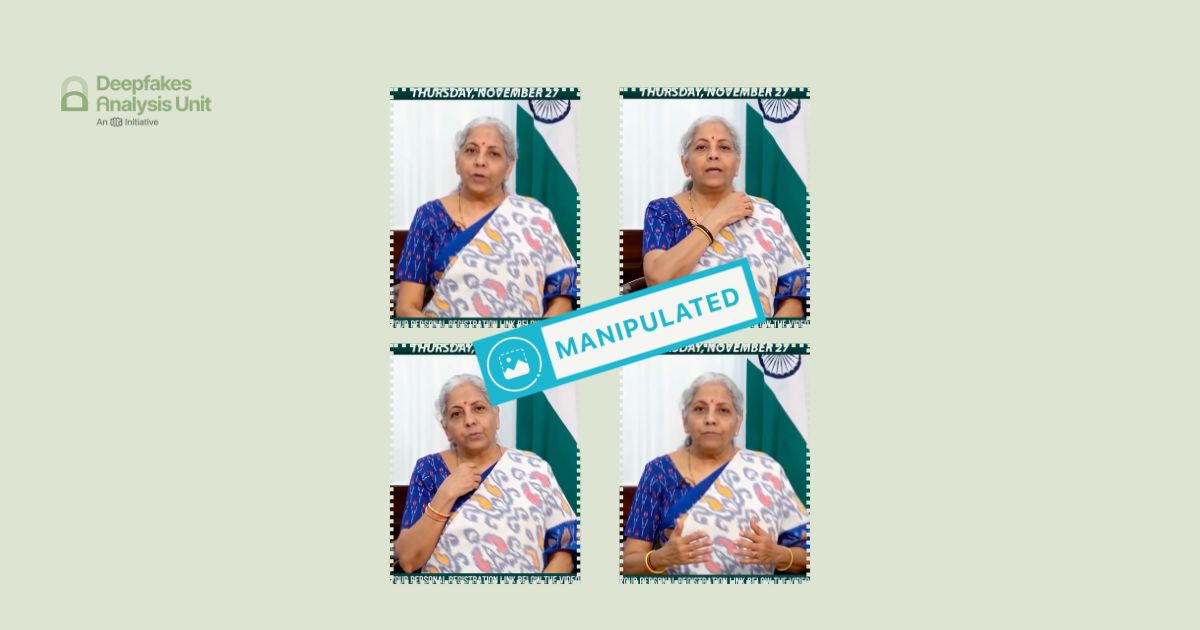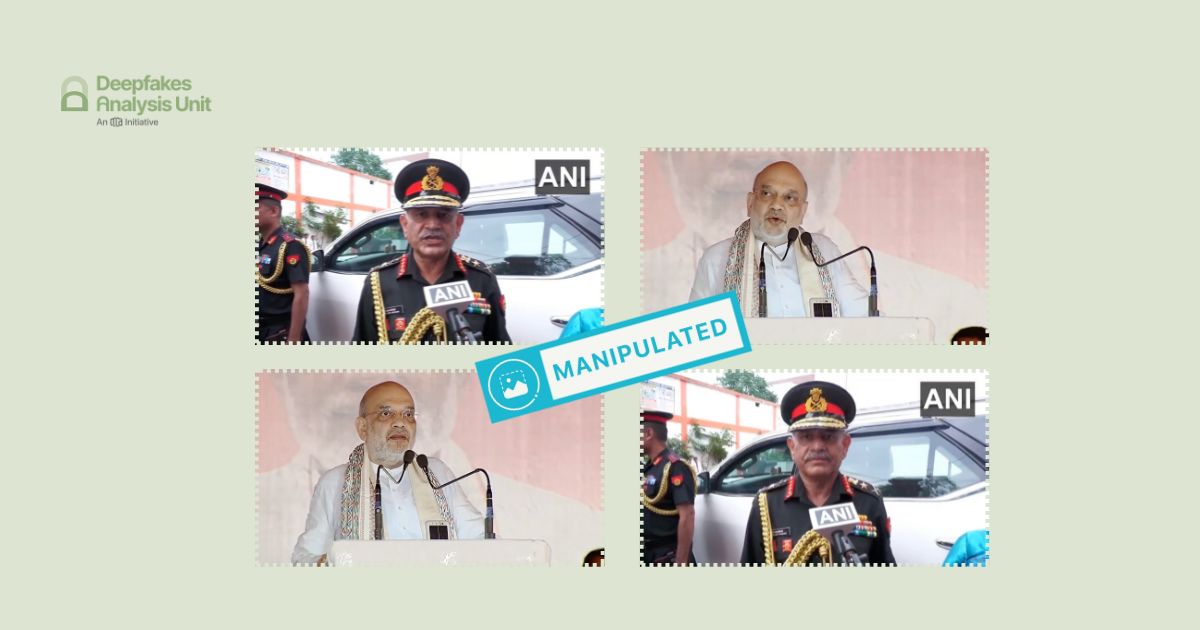The Deepfakes Analysis Unit (DAU) examined a video in which US President Joe Biden is apparently saying that he recites an Arabic prayer every Thursday before going to bed and he also appears to be reciting that prayer. After putting the video through A.I. detection tools, and escalating it to two of our partners — a digital forensics lab at the University of California in Berkeley and a digital startup with an A.I. detection tool — we concluded that Mr. Biden's audio in Arabic was not real, it had been produced using A.I.
The 52-second video clip primarily in English with bits in Arabic was sent to the DAU tipline for assessment. During our analysis, we noticed obvious signs of visual and audio inconsistencies in the clip featuring Mr. Biden. At the 26-second mark we could only see his lips moving without any accompanying speech. At the 33-second and 36-second mark there were jump cuts in the video and the visual and audio elements were not in sync.
We undertook a reverse image search using keyframes from the video, which led us to the original video, which was published on Oct.16, 2023 from the Youtube channel of 60 Minutes, a popular American show aired on CBS News. That original video features an interview of Biden where he is wearing the same clothes, is seen in the same setting, and is seated at the same angle as that in the manipulated video. Though the manipulated video is less than a minute long, a jump cut at the 14-second mark indicated that snippets from the original video have been spliced together to produce this video.
We ran the video through the voice detection tool of Loccus.ai, a company that focuses on artificial intelligence solutions for voice safety. The results that returned indicated that there is only a 12.59 percent probability of the audio being real, which means that there is a high percentage of synthetic speech in this video.

We also used TrueMedia’s deepfake detector, which labelled the video as “highly suspicious”, the tool provides an overall analysis for A.I. manipulation and then further breaks down that analysis. It gave a 100 percent confidence score for A.I.-generated audio detection as well as deepfake face detection, which indicates a high probability of manipulation of Biden’s face using A.I. in the video.

We further put the video through HIVE AI’s deepfake detection tool and that too indicated elements of A.I. manipulation in the video.

We even ran the video through Itisaar, a deepfake detection service, which is a collaboration between IIT Jodhpur and DigitID, a tech startup which has partnered with the DAU. Their analysis gave a high confidence score to the video being fake.
To get another expert view on the video under investigation, we escalated it to a lab run by the team of Dr. Hany Farid, a professor of computer science at the University of California in Berkeley, who specialises in digital forensics and A.I. detection. They noted that there are clear artefacts of a lip sync deepfake in the video. They added that they ran the audio from the video through their own analyser as well as the A.I. detection tool of ElevenLabs, and they are confident that the audio is a deepfake clone of President Biden's voice.
On the basis of our findings and analyses from experts, we can conclude that the words being attributed to Biden were never uttered by him and that his video was manipulated.
(Written by Areeba Falak and Debraj Sarkar, edited by Pamposh Raina.)
Kindly Note: The manipulated audio/video files that we receive on our tipline are not embedded in our assessment reports because we do not intend to contribute to their virality.












